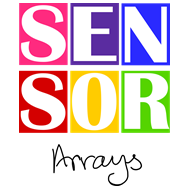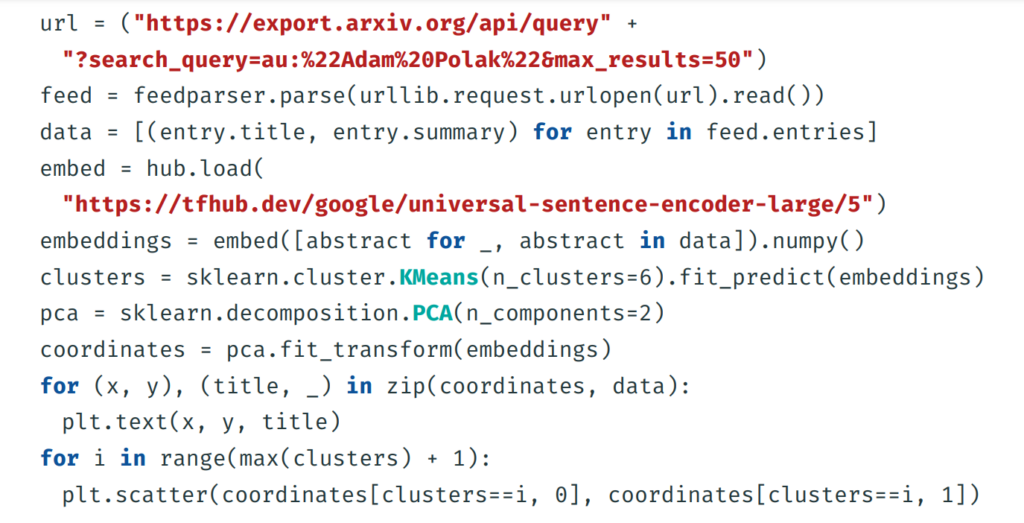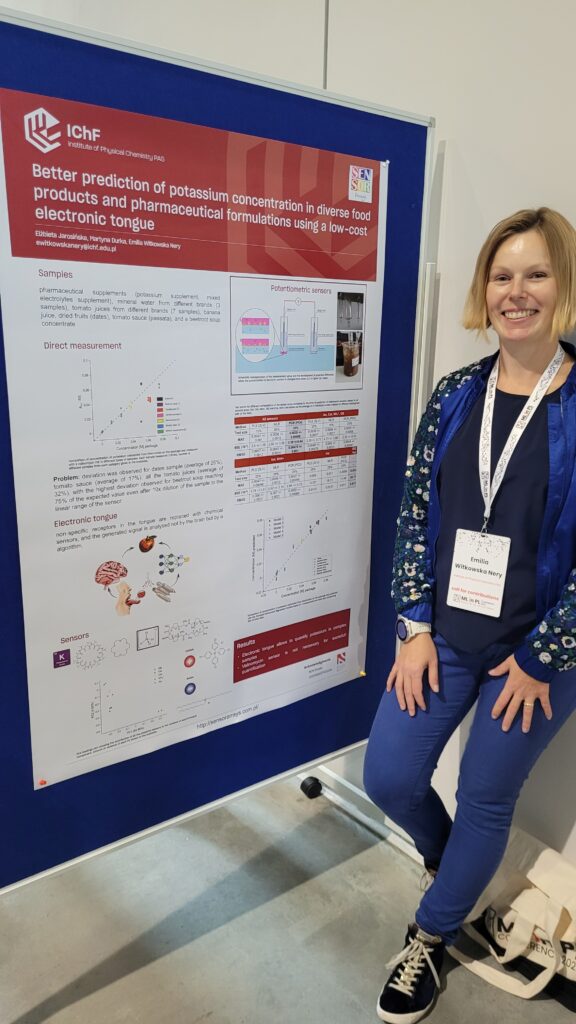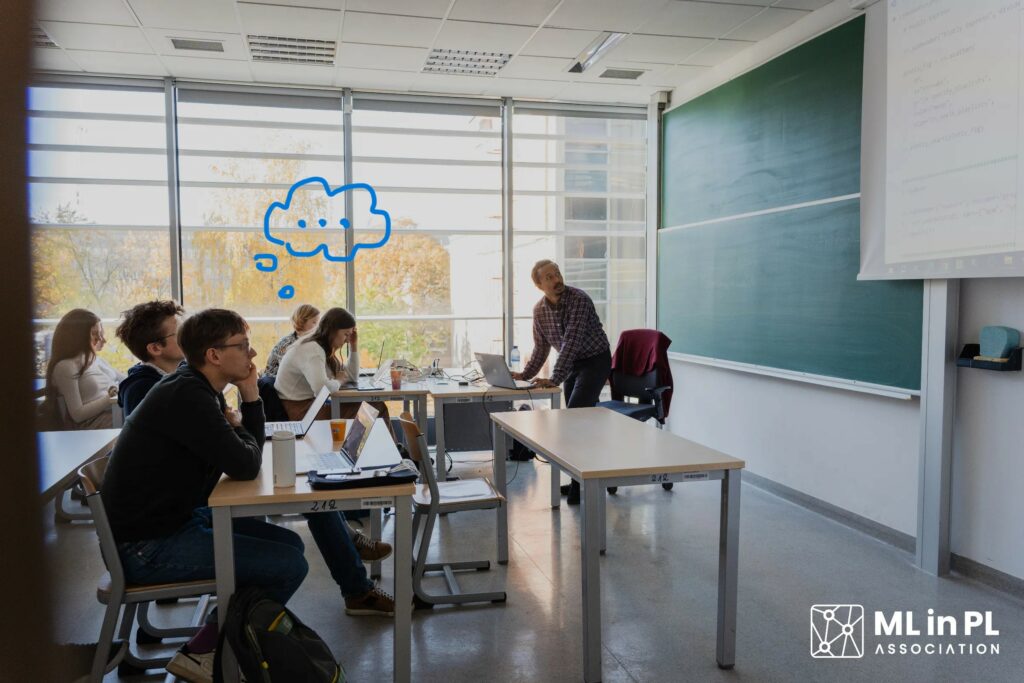The ML in PL conference is Poland’s biggest scientific event on machine learning research and applications, organized yearly in Warsaw. This year’s event was held from the 26th to the 29th of October at Copernicus Science Centre and two Warsaw universities.

Emilia and Wojtek had the chance to hear about programming autonomous robots to tackle challenging terrain or enhance sample efficiency through using already available models as part of a new system, for example, LLM to understand where a person wants to go and later, a visual AI to understand if what the car cameras see is what was given in the command. The lectures were diverse, from applications and outlooks to technical notes like calculating the cost of explainability for the k-means algorithm. The explainability lecture included a playfull introduction, during which The Witlod Lipski Award Laureate Dr Polak used LLMs introduce himself by clustering his publications into main topics. If you want to give a try the code is available here.
During a discussion panel on Generative AI, guests pointed out that we should remember what they are and not assume they are intelligent or morally accurate but just remember that they are trying to be pleasing.
An exciting seminar was given on using Large Language Models for scientific discovery to measure the similarity of articles, provide a resume and browse through publications in a smarter way. AstroLLama, presented at the conference by Ms Maja Jabłońska, was trained on 300,000 astronomy abstracts, and it was shown to perform better than the generic LLMs.
On Saturday, Emilia had the chance to present a poster, which gathered quite a crowd. Emilia explained how, together with Marta Podrażka, she developed the syringe ion-selective electrodes, and later, with Ela, Julia and some help from Martyna, they used them to detect potassium in any sample. We hope that soon you will be able to read more on the topic in our new article. Although applications in chemistry weren’t popular at the conference, ML specialists were interested in seeing how the algorithms work in practice and seeing proof of which kind of data is essential -from more cross-sensitive sensors or the specific ones. Let’s see if the contacts gathered during the conference will end in some new collaborations!
Sunday was the workshop day, and Emilia did web apps using Streamlit, thanks to invaluable guidance from Fanilo Andrianasolo. In the afternoon, she participated in an introduction to Pathway, a framework for real-time data processing.
Next time, there will be no escaping from photos for Wojtek!





